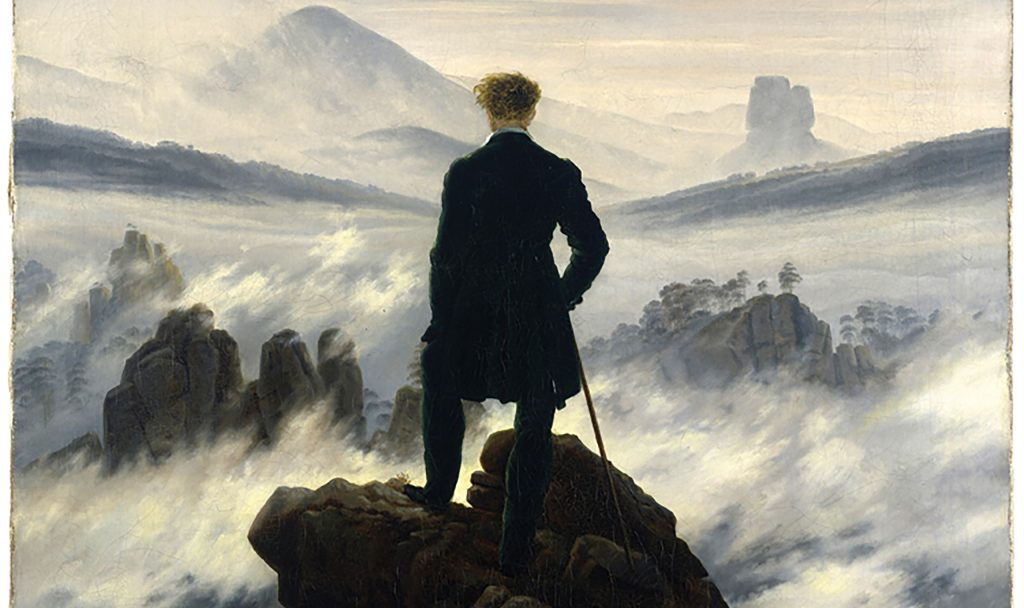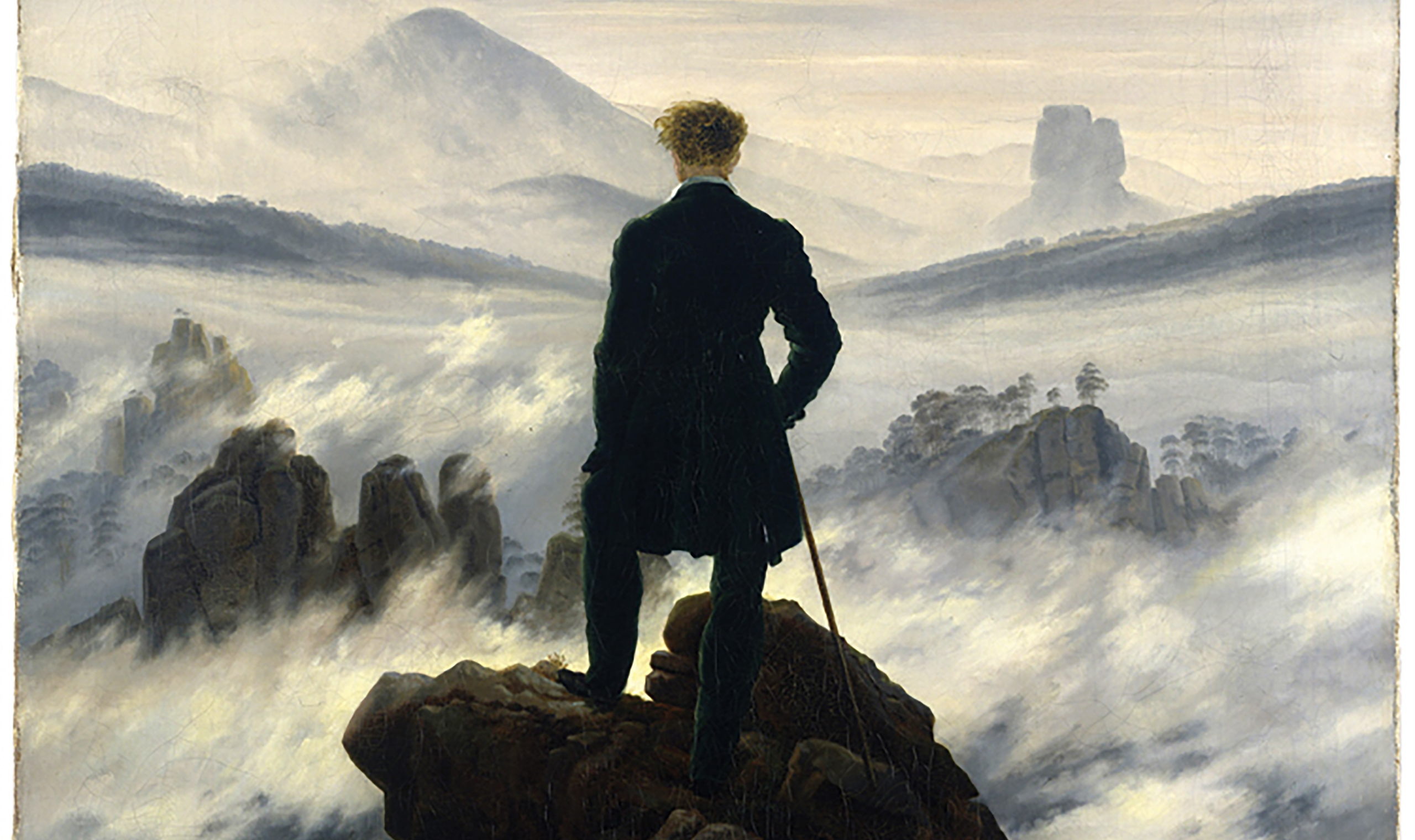
“Caspar David Friedrich’s Art and the Depiction of Timeless Moments”

# The Timeless Appeal of Caspar David Friedrich’s Art
Caspar David Friedrich, a master of German Romantic painting, left an indelible mark on art history with his haunting landscapes and deeply symbolic imagery. His work continues to resonate with audiences centuries after his death, inviting viewers to contemplate the sublime beauty of nature and the insignificance of human existence in its vast expanse.
## **A Vision of Romanticism**
Born in 1774 in Greifswald, Germany, Friedrich’s art was heavily influenced by his early experiences with death and nature. His melancholic yet awe-inspiring depictions of fog-covered mountains, solitary wanderers, and ancient ruins capture the Romantic ideal of nature as a source of both inspiration and existential reflection.
Unlike his predecessors, Friedrich did not see nature merely as a backdrop for mythological or historical scenes. Instead, he centered nature itself, presenting it as the true protagonist in his compositions. His landscapes evoke deep emotions, encouraging viewers to experience the world through a more contemplative lens.
## **The Symbolism in Friedrich’s Paintings**
One of the defining aspects of Friedrich’s work is his use of symbolic elements to convey deeper meanings. For example, in *Wanderer Above the Sea of Fog* (c. 1817), a lone figure stands atop a rocky peak, gazing into a misty expanse. The painting has been widely interpreted as a metaphor for human ambition, self-reflection, and the unknown future.
Another recurrent motif in his works is the *Rückenfigur*—a figure seen from behind, inviting the viewer to step into their perspective. This technique fosters a sense of immersion, making the audience a participant rather than a mere observer.
Friedrich also frequently depicted ruins, grave markers, and barren landscapes to emphasize the passage of time and the transient nature of human existence. His painting *Abbey in the Oakwood* (1809–10) juxtaposes the remnants of a Gothic church with towering, leafless trees, creating a poignant meditation on mortality and faith.
## **Nature as a Spiritual Experience**
Friedrich’s art is deeply infused with spirituality. He believed that nature was the ultimate sanctuary where individuals could connect with the divine. His work often conveys a mystical quality, with soft light filtering through forests or distant mountains bathed in an ethereal glow.
In *The Monk by the Sea* (1808–10), Friedrich reduces the composition to its bare essentials: a tiny figure standing before a vast, stormy sea. By stripping away unnecessary detail, he amplifies the spiritual solitude of the moment, presenting the ocean as a metaphor for the infinite and the unknown.
## **Controversy and Criticism**
Despite his genius, Friedrich faced criticism during his lifetime. Some of his contemporaries, including Johann Wolfgang von Goethe, found his art overly sentimental and melancholic. Others dismissed his religious undertones as excessive. However, his influence persisted, and later generations recognized his ability to capture the profound emotional depth of nature.
In the 20th century, artists such as Mark Rothko and the Surrealists rediscovered Friedrich’s work, appreciating his ability to transform landscapes into deeply introspective experiences.
## **A Lasting Legacy**
Today, Friedrich remains one of the most celebrated painters of the Romantic era. His works continue to captivate audiences in major museums, inspiring not only artists but also scholars and writers. His timeless themes—nature’s grandeur, human solitude, and the search for meaning—ensure that his paintings remain as relevant now as they were in the 19th century.
For modern viewers, Friedrich’s art serves as a reminder to slow down, to look beyond the material world, and to contemplate our place within the vast and mysterious universe.